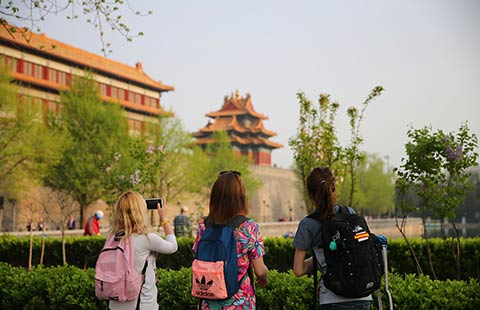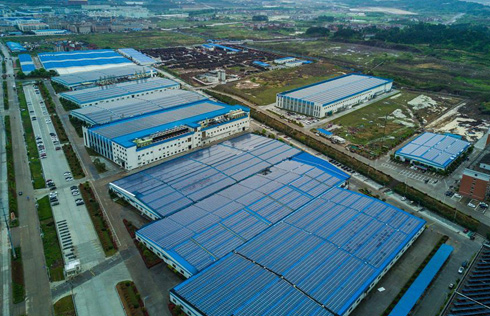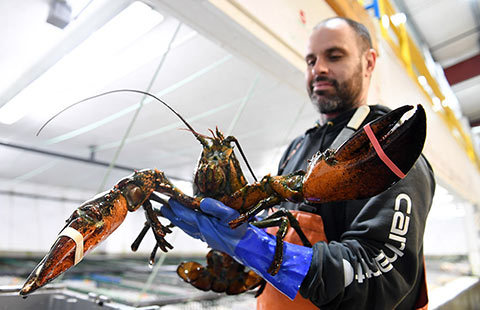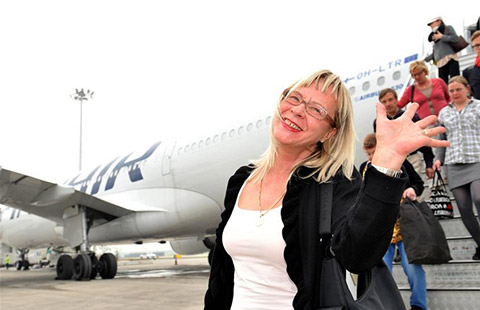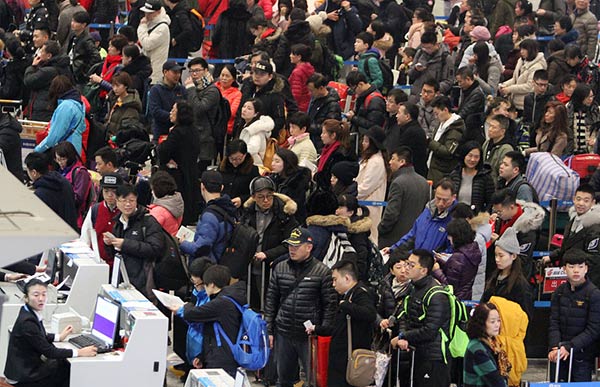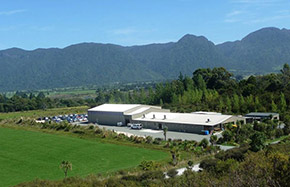Ancient silk road stretches into new era
XI'AN — Indian businessman Rana Karta opened a restaurant in the historical city of Xi'an in Northwest China's Shaanxi province four years ago. He has never looked back.
His restaurant is on the former site of a bazaar that was once one of the busiest hubs for international trade in China's ancient capital of Chang'an; the start of the silk road.
Shaanxi is currently rolling out policies to reignite cultural and economic relations with countries along the silk road. One of these projects is Shaanxi free trade zone (FTZ), which was launched on April 1.
FTZs are areas that enjoy preferential policies, easier customs clearance, more favorable taxes, and simpler business applications. They are also often experimental zone where measures are tested before being implemented nationwide.
Shaanxi FTZ will cover a total of 119.95 square kilometers.
Another project initiated by the provincial government to revive the city's past trading glory, was Silk Road Commercial Street, the road on the former site of West Market, and the location of Karta's restaurant.
Karta had visited many cities in China before choosing to settle in Xi'an in 2013 -- the same year China proposed the Belt and Road Initiative.
"We thought the street was the perfect choice for our first restaurant," said Karta, 35.
The Indian restaurant employs chefs from New Delhi, and prides itself on its tandoori chicken and Indian yogurt.
Karta said that Xi'an was just the beginning, and he hopes to open more restaurants across China.
Also on the street is the West Market Museum, which profiles the city's role on the ancient silk road and the busy international market, an important bazaar for traders.
Caravans along the Silk Road carried China-made silk, tea and porcelain westward, and brought back while pepper, carrots and horses, said museum guide Zhang Rongli.
Like the ancient road that had brought change, the modern belt and road will play an important role in facilitating opportunities for both Chinese and foreigners.
Sofiya Ushurova, from Kazakhstan, teaches at Xi'an Jiaotong University's law school. She came to Xi'an to undertake research for her doctorate paper in 2004, and stayed.
As a professor, lawyer and counselor, her life is attached to the Belt and Road Initiative, as she works with companies from both China and Kazakhstan.
"I am like a bridge connecting China and Kazakhstan," she said in flawless Chinese.
Ushurova recalled how it used to take days to travel to Xi'an from Kazakhstan. Now, with direct flights and international cargo trains, people and goods can arrive in just hours.
As of November 2016, 41 international air routes link Xi'an to cities in 18 countries and regions.
Cargo train services to Central Asia began in 2013 and now they have been extended to Europe. As of April 1, Xi'an had 317 cargo trains traveling to central Asia and Europe, exporting 474,000 metric tons of goods.
"Win-win development along the Belt and Road is no longer a dream," she said.
Oil entrepreneur Luo Yong said the initiative had opened new doors, granting his company access to resource-rich Belt and Road regions.
"Since 2013 when we secured our first international oil and gas project in Pakistan, we have now expanded to Iran, India and Ethiopia," said Luo.
One logistics company decided to move their Hong Kong- and US-based warehouses to Shaanxi FTZ, as it offered lower costs, higher efficiency and broader market nearby.
"By taking advantage of the FTZ, we expect to offer more services and cooperate with Belt and Road regions," said Guo Mei, general manager of Shaanxi Yinghe Logistics.
West Market Museum curator Wang Bin said the West Market was there at the birth of the city's prosperity. A millennium later, a new silk road is emerging, and with it new opportunities.
"I believe this is just the beginning of the revival of the silk road," said Wang.





